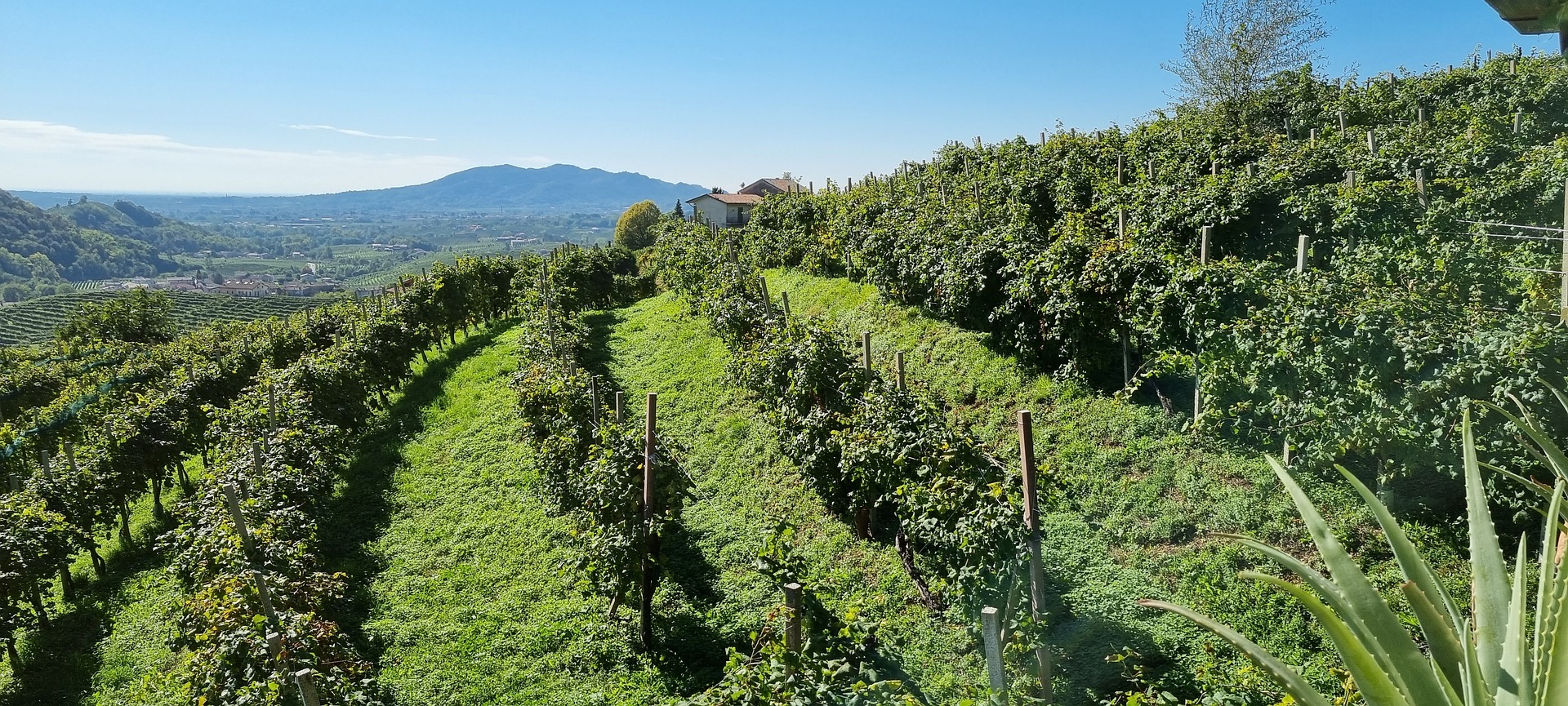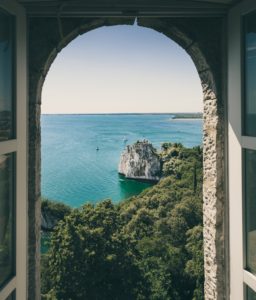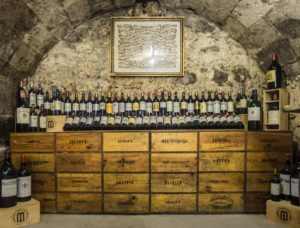One of the most famous sparkling white wines of Italy is Prosecco. People normally enjoy the drink on a tranquil evening with friends or while reading a favorite novel. Moreover, many occasions nowadays see Prosecco sparkling wine as the main drink of choice in the venue.
People might opt to buy Champagne for a particular occasion, but the hefty price tag can alter their decision. Prosecco is much more affordable and can decorate reception tables for welcome drinks at any event. Having said that, let’s try to understand where this bubbly wine comes from and what should we know about it before our purchase.
History of Prosecco Making in Italy
Prosecco started in Trieste, a particular area in Northern-Eastern Italy. The history of Europe and wine production are rather long and for reasons of simplicity, we will list some quick facts. The town that originally produced it is called Prosecco. However, nowadays the production area is in a totally different region in Italy. This region is called Veneto and many tourists know one of the most famous spots there, the city of Venice.
However, in the agricultural plains of Veneto lie the picturesque vineyards that produce the Prosecco which nowadays are a UNESCO World Heritage Sites. Some particular localities in these hills produce the top-quality labeled Prosecco, the DOCG. Often the latter associates with the hills in the vicinity of the towns of Conegliano, Valdobbiadene and Asolo.
Types of Prosecco’s Grapes and Wines
Historically, the grape variety the produced Prosecco held the same name. However, nowadays, the naming changed to Glera and often you hear this grape type as the leading variety for producing Prosecco. Therefore, to be labelled as Prosecco, the sparkling wine has include the grape as the main type with some flexibility of introducing other grape varieties. Of course, depending on the label, place of origin and some other parameters, the mix of grapes will affect the label.
Moreover, other factors come into play in the labelling/naming system, including the harvest year among many others. Hence the word “Millesimato” will appear sometimes on the tag of the bottle. It refers to grapes being harvested in the same season for production of this particular type of Prosecco. This is also the definition of vintage. Usually, 85% of the grapes have to adhere to the same vintage to acquire this classification.
Normally all Prosecco wines are white sparkling wines, there is only one exception for a rosé type that can only be labelled as DOC as of 2020. Therefore, when opting to purchase Prosecco, bear in mind that most of the bottles will be white sparkling wines with one of the specific labels.
Prosecco has two main labels. These are the DOC and DOCG. The latter is delimited to some of the particular locations we already mentioned which are Conegliano, Valdobbiadene and Asolo. Very often the name Prosecco Superiore DOCG is mentioned on the bottles. This signifies the place of origin of the wine as well as the production method. Keeping in mind that DOCG is a higher label than DOC, hence it normally commands a higher price. Moreover, the elevation of the vineyards producing the DOCG wines are higher than the DOC vine trees which grow on low elevation plains.
Difference Between Prosecco and Champagne
Prosecco is relatively new in the world of sparkling wines. Champagne has always dominated the scene of festivities since ancient times due to its frizzy popping up nature. There are some records dating back to the 5th century for the production of the drink. Champagne comes from a specific area in North-Eastern France, while Prosecco comes from North-Eastern Italy. Hence, other than the country-of-origin difference between both sparkling wines, the production method is another important factor in differentiating both styles of wines.
The fermentation of Champagne happens in the bottle, this is normally the secondary fermentation of the wine. Of course, the process is long and entails a lot of steps prior and after this point. Henceforth, the specific different part of both production methods is the yeast secondary fermentation. While Champagne has the yeast in the bottle working on the second phase of the fermentation, Prosecco sees the secondary fermentation in the tank. This is the differentiating point for both bubbly wines. The technique makes the production of Prosecco rather cheaper and relatively faster. The production of Prosecco follows the Charmat method.
Normally Prosecco as a sparkling wine is not aged, except for particular types of high-quality Prosecco that can age for years before consumption. Hence, millions around the globe enjoy the drink for a refreshing apéritif coupled with some salty snacks or fatty nibbles to balance out the acidity and the bubbles of the drink.
Best Wineries in Italy Producing Prosecco
Adami
Adami is located in the rural area of Treviso, this winery produces exceptional Prosecco for almost 100 years. Family traditions are very strong in the winery and grapes harvesting methods strictly adhere to hand picking like the old good days.
Location: Via Rovede, 27 – 31020 Colbertaldo di Vidor – Treviso, Italy
Further Information/Booking: email: welcome@adamispumanti.it | Call +39 0423 982110
Borgoluce
When thinking of sustainable agriculture, this particular estate, Borgoluce comes to mind. The farm runs an efficient ecosystem that relies on sustainable energy forms to power the location. Borgoluce is quite integrated in its beautiful and lush landscape. The farm provides great Prosecco as well as some of the locally produced meats and cheese that pair perfectly well with the drink.
Location: Località Musile, 2 – 31058 Susegana – Treviso, Italy
Further Information/Bookings: email: info@borgoluce.it | Call: +39 0438 435287
La Tordera
Focusing on a balanced lifestyle of healthy drinks, La Tordera’s mission is finding the tastier Prosecco that is exceptional for our health. Hence, only the best of the best of the Glera grapes reach the winery’s facilities to produce the finest Prosecco for connoisseurs to enjoy.
Location: Via Alnè Bosco, 23, Vidor, 31020, Treviso, Italy
Further Information/Bookings: email: info@latordera.it | Call: +39 0423 985362






